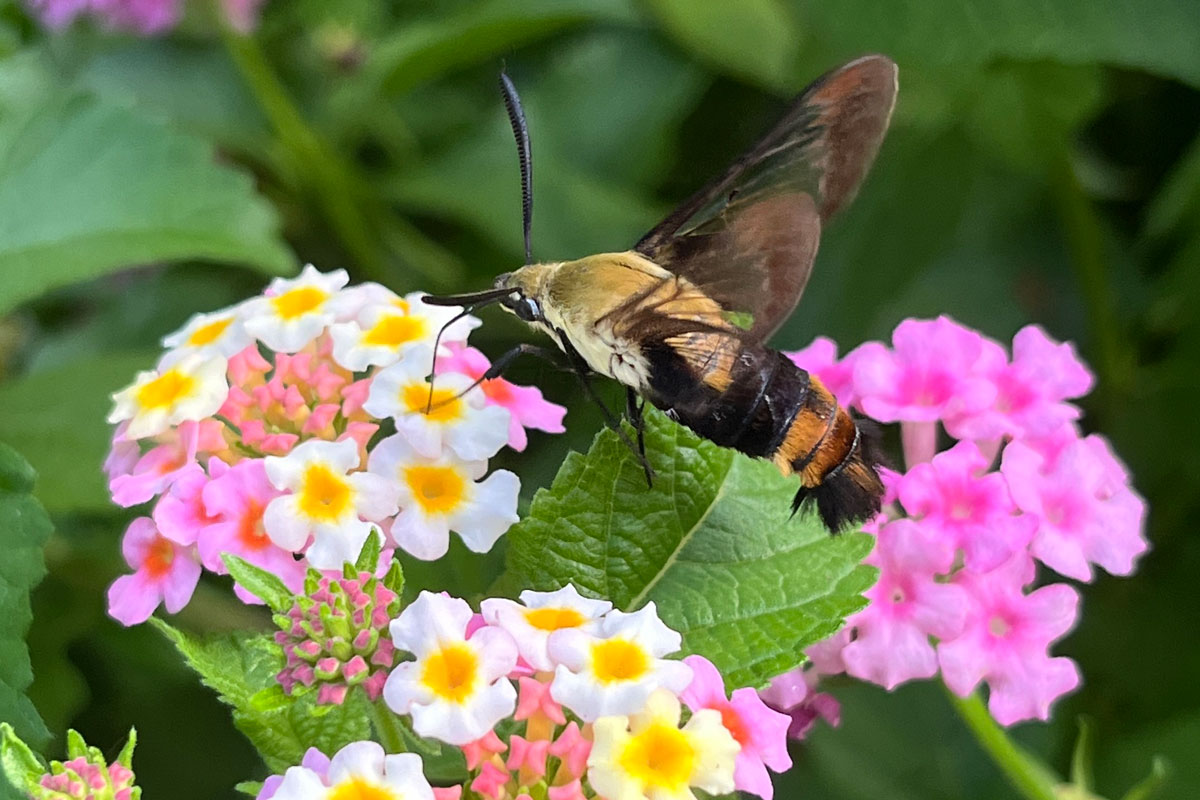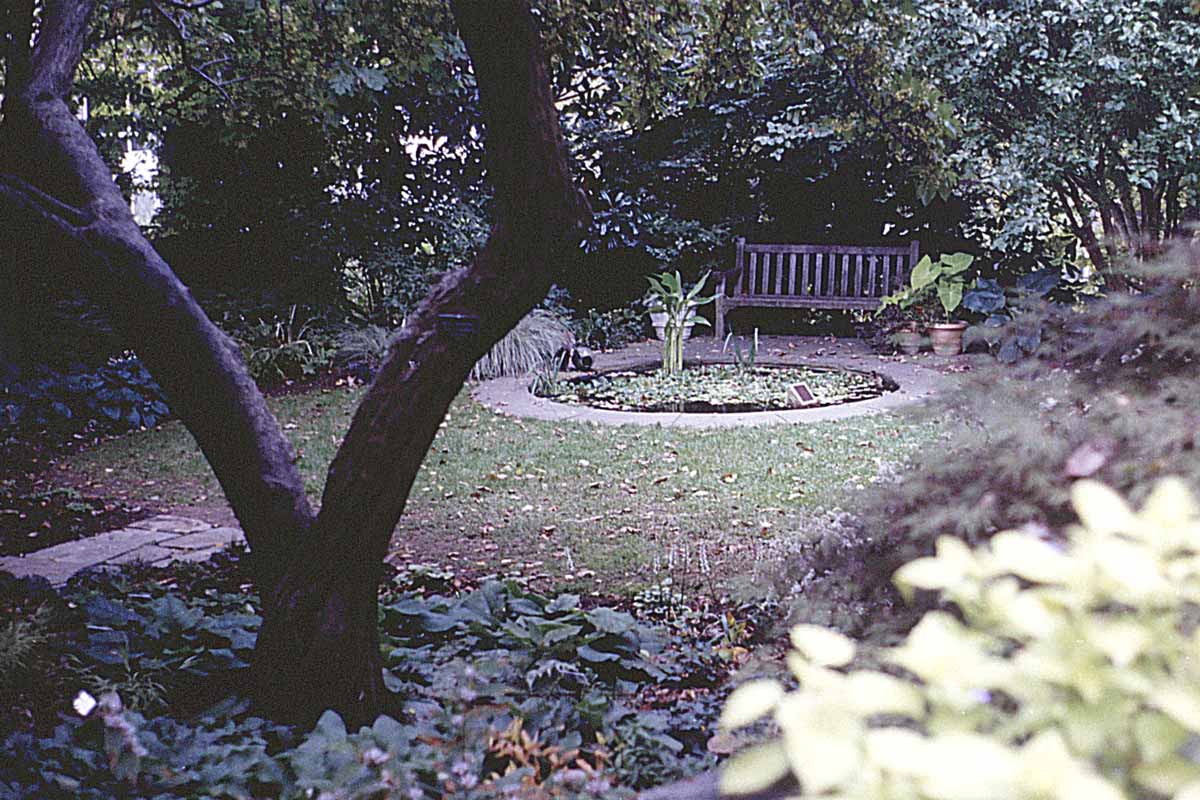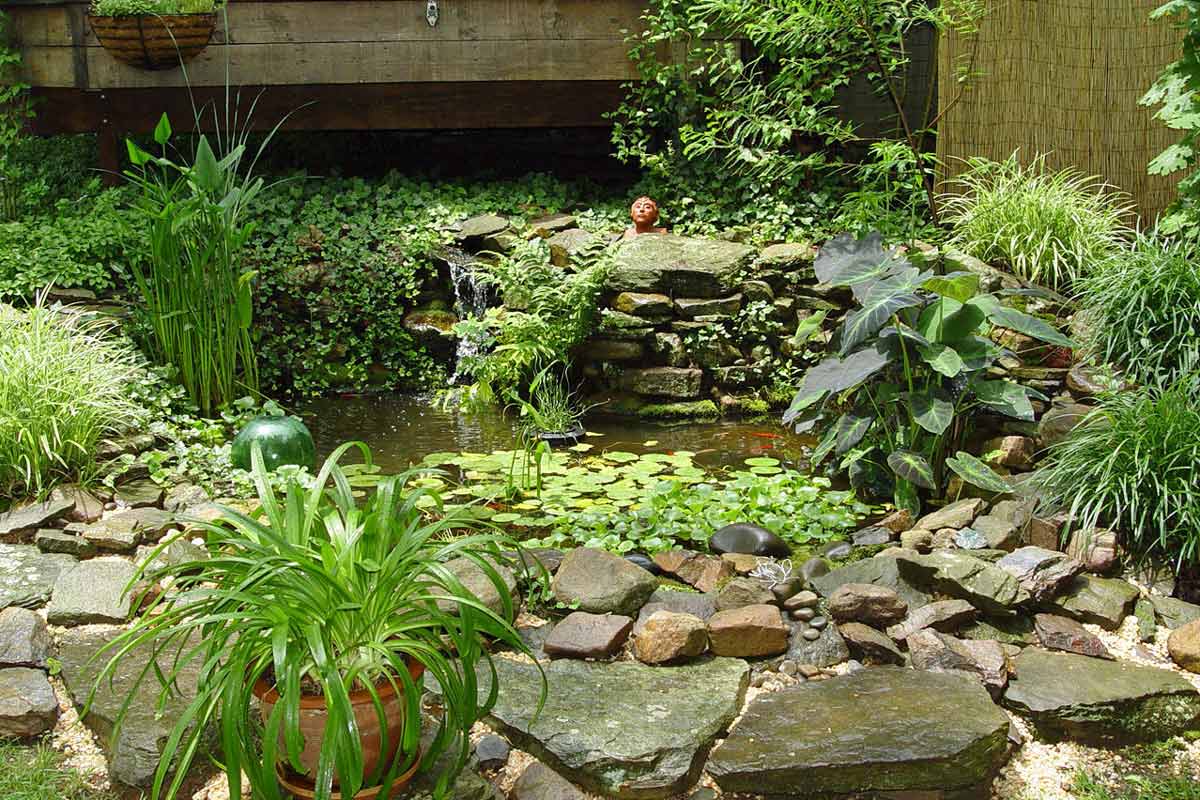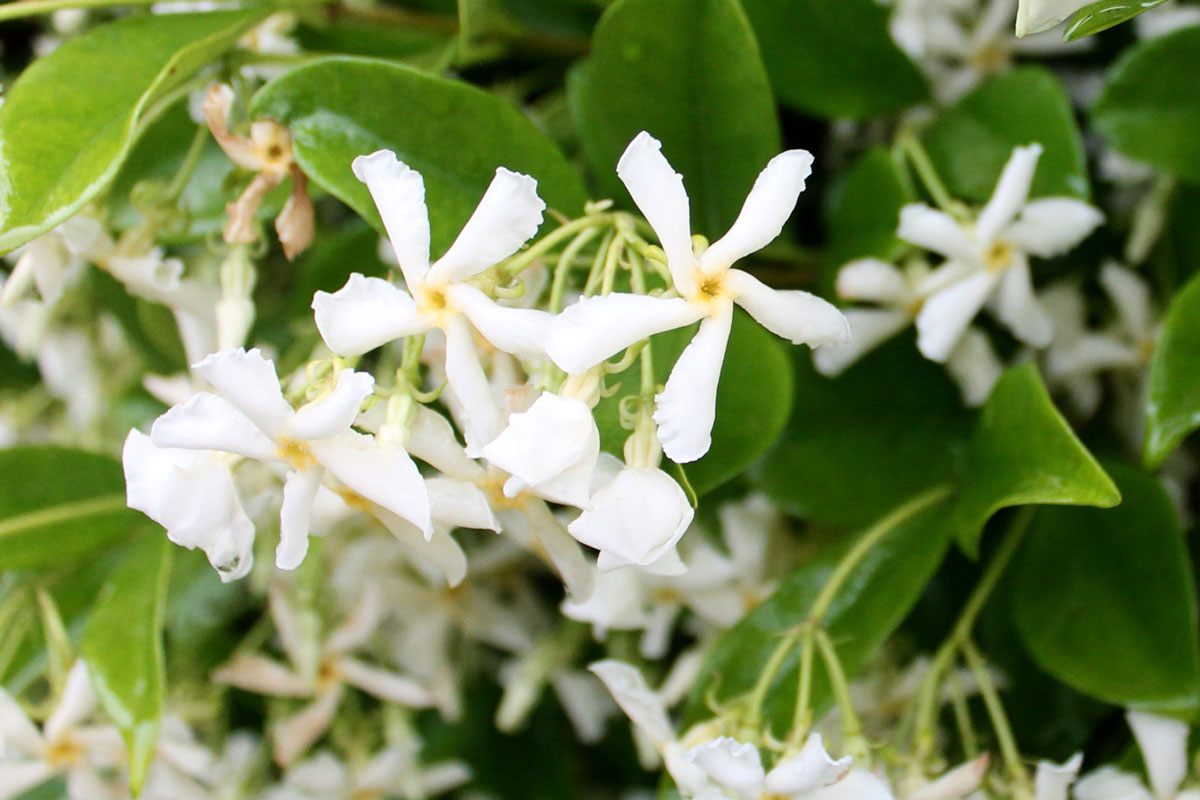Eight Ways to Add Privacy to Your Yard
Building your backyard oasis? Here are creative landscaping ideas that can provide privacy for your outdoor space.
The middle of a steamy July day isn’t exactly the most inviting time to enjoy the patio or backyard gardens.
Daytime yard use is out of the question anyway most of the time for those who work full-time and/or devote huge chunks of time to the kids and other family affairs.
A solution is to carve out a part of the yard that’s usable when the timing is better – i.e. later in the evening or even after dark.
Such areas are known as "twilight gardens" and sometimes as "moon gardens" since they’re crafted to be seen by the soft, dim light of the moon.
Although they’re becoming trendier lately, twilight gardens are far from a new idea.
People of many cultures have been planting twilight or moon gardens for centuries – from China’s white-sand moonlight meditation gardens to England’s famous Sissinghurst Castle “White Garden” to the moon gardens that took 19th-century New England by nighttime storm.
For some, darkness is the best setting to enjoy a garden.
It’s a quiet time in which sounds and fragrances come more to life and where soft lighting can create shadows and a different dimension from the daytime look.

Snowberry clearwing moth sipping nectar. Shannon Peterson / iStock / Getty Images Plus
Besides the aesthetics, the plants in twilight gardens can be a boon to nighttime pollinators, those important but unseen, overlooked, and under-appreciated creatures that take a back seat to better-known daytime pollinators, such as bees, butterflies, birds, and hummingbirds.
Nocturnal pollinators – especially moths – do their work when the sun goes down.
More numerous than butterflies, moths are faster workers and proficient at carrying pollen even farther than butterflies.
A second useful nocturnal pollinator is the lightning bug – that flying insect that pulses with golden light flashes to the delight of glass-jar-toting children. Lightning bug larvae live in the soil and feast on snails, slugs, and worms.
A third key nocturnal pollinator is the less beloved but ecologically helpful bat. These are voracious mosquito-eaters in addition to being important fruit pollinators, especially in the American Southwest.

A twilight garden is ideal in a peaceful area with comfortable seating. Photo by George Weigel.
The first step in building a twilight garden is deciding on a site – ideally somewhere you’ll be able to view it from a comfortable and private spot in the evening.
That usually means a back or possibly side yard, unless you’ve screened the front yard well.
Next to a patio is a typically good choice. Another possibility is a corner of the backyard that’s protected by a tree or two and some taller shrubs.
An important siting consideration in the northern hemisphere is keeping the garden open from the south, southeast and southwest. In the summer, the moon is relatively low in the sky and off to the south – the direction from which the moonlight will come.
North, east, and west are good exposures for taller trees, shrubs and evergreens that will give privacy and serve as backdrops for the twilight-garden plants.
White and light-colored plants make the most sense in a twilight garden because those colors reflect the most light and therefore are the last to disappear from sight as darkness sets in.
Also important is plants that bloom and/or give off scent at night. Those not only benefit people but help nocturnal pollinators zero in on food and pollen sources.

A water feature is a nice addition to a twilight garden for its calming sound and benefit to nocturnal pollinators. Photo by George Weigel.
Another people-soothing and pollinator-aiding option is a water feature, especially one with a fountain or fall that can be spotlighted at night.
Ornaments such as a gazing globe or a reflective statue make a nice finishing touch, and light-colored gravel and/or paving stones are best for making paths visible at night.
Go easy on landscape lighting – at least not harsh, bright lights that can interfere with the navigation, feeding, and mating behaviors of nocturnal pollinators. Gentler options are soft solar lighting, candles, and white or silvery plants to reflect the moonlight.

Jasmine is an excellent twilight-garden choice – it’s both fragrant and white-blooming. Photo by George Weigel.
Some good plant choices for twilight gardens:
Annual or tender fragrant white bloomers: flowering tobacco (Nicotiana sylvestris), tuberose (Polianthes tuberosa), moonflower vine, white heliotrope, night phlox ‘Midnight Candy’ (Zaluzianskya capensis), sweet alyssum, angel’s trumpet (Brugmansia), evening primrose (technically a biennial), gardenia, star jasmine, night-blooming jasmine.
Perennial or winter-hardy fragrant white bloomers: white hyacinths, white Oriental and Asiatic lilies (‘Casablanca’ and similar), white clematis, sweetshrub ‘Venus,’ mock orange, white roses, white lilacs, white garden phlox.
Other white bloomers: white angelonia, petunia, vinca, begonia, impatiens, ageratum, euphorbia, geranium, pentas, cosmos, million bells, calla lilies, and scaevola (all annuals); white salvia, white astilbe, white bleeding heart, foamflowers, white peonies, Culver’s root, goats beard, white iris, white helleborus, white coneflowers, shasta daisy, turtlehead, and candytuft (all perennials); and white azalea, white rhododendron, abelia, buttonbush, chokeberry, oakleaf and smooth hydrangeas, white bigleaf hydrangeas, cherry laurel, crape myrtle ‘Sarah’s Favorite’ or ‘Natchez,’ fothergilla, deutzia, summersweet, Virginia sweetspire, and viburnum (shrubs).
Plants with gray, silvery, or white-variegated foliage: artemisia, lamb’s ears, hosta, variegated brunnera, santolina, lavender, catmint, Russian sage, white-variegated yucca, lungwort, silver thyme, dappled willow, white-variegated boxwood, white-variegated red-twig dogwood, bayberry, bush honeysuckle Cool Splash, white-variegated sedge, variegated Solomon’s seal, and ‘White Nancy’ lamium (perennials), and caladium, cardoon, licorice vine, dichondra ‘Silver Falls,’ silver sage (Salvia argentea), and dusty miller (annuals/tropicals).